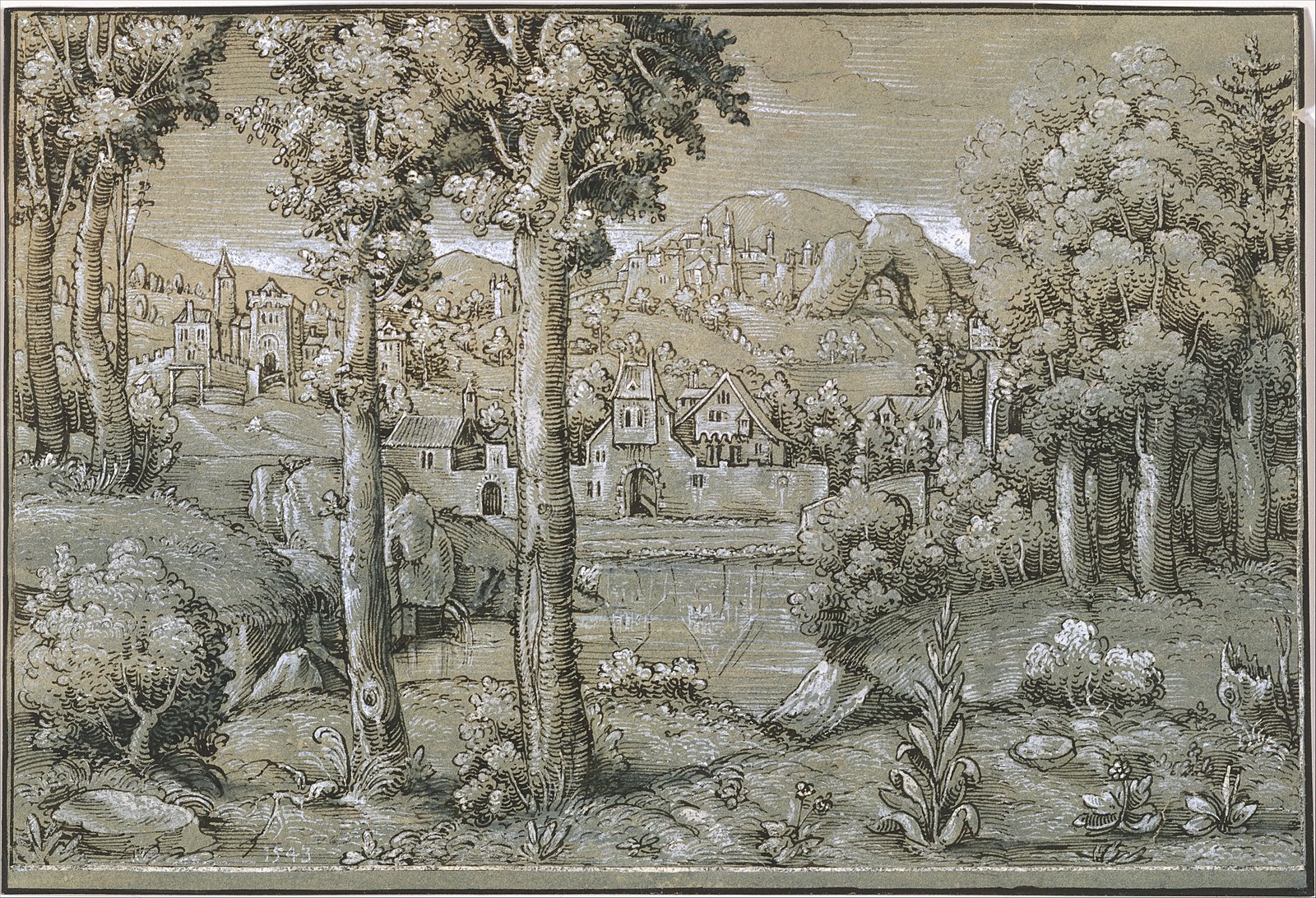Dagobert, or, a Tale of the Lich
By Rutger von Kollitz, scribe of Carovin
729 HR
The folk of the Barrowmark tell their children tales of a blue eyed old man dressed in rags. He roams here and there, they say. He walks among the graves, whispering into the ears of the departed. Little lost children does he snatch away, leaving only sigh of cold wind, taking them away to ghastly grottos and cobweb-filled crypts.
Like all legends, there is a kernel of truth here; in the case of Dagobert, more so.
Years before tales of the walking dead ever reached Holmgard, a steel-haired man arrived from the fell lands of the west, skilled in oration and wise in the lore of Tyr. His sermons attracted crowds, his counsel the ears of the mighty. He gained the attention of the High Priest in Holmgard, and was eventually elevated to the position of Bishop of Carovin, in only a short time.
In secret, he conspired against the living. He brought a following of westerners to the ancient catacombs 'neath the Irontooth range, unearthing arcane artifice and the works of the strange dwarves. He honed his necromantic craft in the shadows, and his minions did kidnap peasants and families and whole villages, sacrificing them in rituals of undeath. He manipulated the Emperor himself into sending a great Host of peasantry to the Barrowmark, unwitting fodder for his dark arts.
Finally, in the year eight hundred and eighty six, he did betray all of humanity and raise a legion against the Empire. We will not dwell on the War of the Broken Crypt here; suffice it to say that at the very climax of the War did Dagobert raise himself to Lichdom: a very avatar of undeath.
Yet a band of mighty heroes was his undoing. After a colossal battle, it is said that his final ruin was wrought by the humblest of weapons: a simple brick, lofted by a mighty throw.
The folk of the Barrowmark tell their children tales of a blue eyed old man dressed in rags. He roams here and there, they say. He walks among the graves, whispering into the ears of the departed. Little lost children does he snatch away, leaving only sigh of cold wind, taking them away to ghastly grottos and cobweb-filled crypts.
Like all legends, there is a kernel of truth here; in the case of Dagobert, more so.
Years before tales of the walking dead ever reached Holmgard, a steel-haired man arrived from the fell lands of the west, skilled in oration and wise in the lore of Tyr. His sermons attracted crowds, his counsel the ears of the mighty. He gained the attention of the High Priest in Holmgard, and was eventually elevated to the position of Bishop of Carovin, in only a short time.
In secret, he conspired against the living. He brought a following of westerners to the ancient catacombs 'neath the Irontooth range, unearthing arcane artifice and the works of the strange dwarves. He honed his necromantic craft in the shadows, and his minions did kidnap peasants and families and whole villages, sacrificing them in rituals of undeath. He manipulated the Emperor himself into sending a great Host of peasantry to the Barrowmark, unwitting fodder for his dark arts.
Finally, in the year eight hundred and eighty six, he did betray all of humanity and raise a legion against the Empire. We will not dwell on the War of the Broken Crypt here; suffice it to say that at the very climax of the War did Dagobert raise himself to Lichdom: a very avatar of undeath.
Yet a band of mighty heroes was his undoing. After a colossal battle, it is said that his final ruin was wrought by the humblest of weapons: a simple brick, lofted by a mighty throw.



Comments